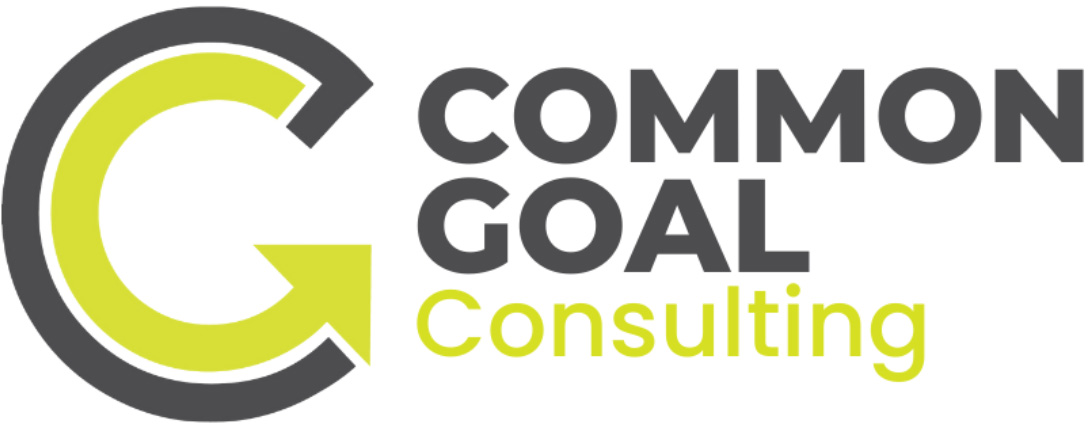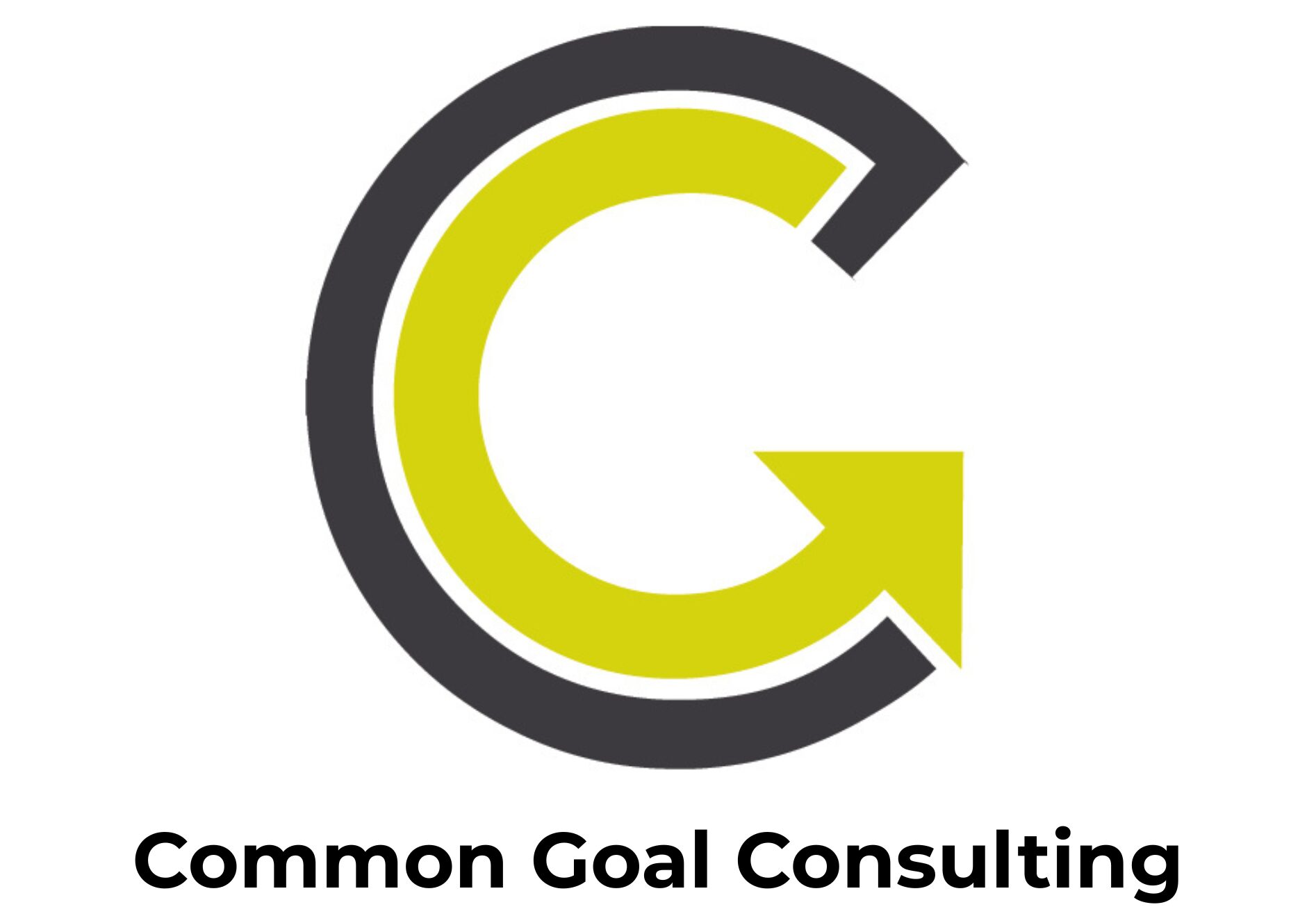In May 2025, Blisspell Pty Ltd—a children’s toy wholesaler based in Victoria—was fined $100,000 after failing to protect a worker from the risk of psychological injury due to sexual harassment. This case is a timely warning for CEOs and HR leaders: failing to manage psychosocial risks like sexual harassment is no longer just a reputational risk—it now carries serious legal, reputational and financial consequences.
Blisspell, now in administration, was convicted after a female employee reported inappropriate messages and intrusive personal comments made by one of the company’s directors. A WorkSafe Victoria investigation found that from October 2022 to January 2023, the company had no formal policies, no training for staff, and no reporting systems to identify or respond to inappropriate behaviour.
The court concluded that the harm was foreseeable and preventable with basic workplace controls—like a respectful behaviour policy and manager training.
As WorkSafe Executive Director of Health and Safety, Sam Jenkin, stated: “It is simply not enough to rely on regular team meetings or informal catch-ups… particularly when there are power imbalances that can make it difficult for workers to speak up.”
Why this matters for Boards, CEOs, Leaders, and HR teams
This case is not about one business in Victoria—it’s a wake-up call for organisations across Australia. Sexual harassment isn’t just a cultural problem; it’s a workplace safety risk. And regulators are now treating it as such. Boards, CEOs and senior leaders have a clear responsibility to prevent psychological harm in their workplaces.
Additional requirements in Queensland
For Queensland employers, the obligations go a step further. Two major legal changes are now in effect:
1. Sexual Harassment Prevention Plan (from 1 March 2025)
Under the updated Work Health and Safety (Sexual Harassment) Amendment Regulation 2024, all Queensland businesses must have a documented, accessible Sexual Harassment Prevention Plan from 1 March 2025.
It must manage identified risks to the health and safety of workers, or others, from sexual harassment and sex or gender-based harassment at work. The obligation to prepare a prevention plan applies where a risk of sexual harassment has been identified, and control measures are needed to eliminate or minimise the risk.
The plan gives PCBUs (Persons Conducting a Business or Undertaking) a clear framework for managing harassment risks—just like any other workplace hazard. Importantly, the prevention plan is about proactive efforts to stop these forms of harassment, as opposed to operating as a complaints policy for managing harassment after it happens. Proactive management is required of PCBUs under work health and safety legislation and requiring a written plan to be completed supports PCBUs in fulfilling this obligation.
You will find a great guide and helpful resources available on the WorkSafe QLD website: https://www.worksafe.qld.gov.au/safety-and-prevention/mental-health/Psychosocial-hazards/sexual-harassment-and-sex-or-gender-based-harassment
2. Positive Duty Under Anti-Discrimination Law (from 1 July 2025)
As of 1 July 2025, employers also have a positive duty under the Anti-Discrimination Act 1991 (Qld) to take reasonable and proportionate measures to eliminate harassment, discrimination, and other objectionable conduct. This goes beyond simply reacting to complaints—employers must actively create respectful, inclusive environments.
Practical steps you can (and should!) take now
To protect your business and your people, here are five steps every employer should take:
- Review and update your policies to clearly define unacceptable behaviour, set out reporting pathways, and outline disciplinary consequences.
- Deliver regular training for all employees and ensure leaders are equipped to respond appropriately and consistently.
- Establish trusted reporting mechanisms, including anonymous and independent channels where appropriate.
- Role model expectations from the top, with leaders setting the tone for respectful interactions.
- Audit and assess culture regularly, identifying risks early and responding with targeted interventions.
Final Thoughts
The Blisspell case isn’t an outlier—it’s a preview of regulatory enforcement in a new era of psychosocial safety. CEOs and HR teams must shift from reactive responses to proactive prevention.
In doing so, they won’t just avoid six-figure fines—they’ll build stronger, safer, and more engaged workplaces.
Not sure if your business is compliant? Now is the time to act. If you need help reviewing your policies or building a compliant Sexual Harassment Prevention Plan, reach out—we can support you every step of the way.





